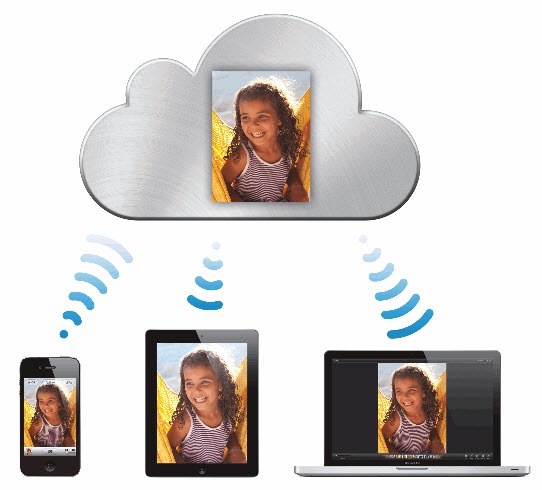

- #MACJOURNAL SYNC ICLOUD HOW TO#
- #MACJOURNAL SYNC ICLOUD FOR MAC#
- #MACJOURNAL SYNC ICLOUD MOVIE#
- #MACJOURNAL SYNC ICLOUD INSTALL#
- #MACJOURNAL SYNC ICLOUD SOFTWARE#
#MACJOURNAL SYNC ICLOUD MOVIE#
For example, when you add a movie to your Mac, you can sync so that the movie appears on both your Mac and iPhone. Syncing means transferring items and keeping them up to date between your Mac and your iPhone, iPad, or iPod touch. Intro to syncing your Mac and your devices Get started with accessibility features.Use Sign in with Apple for apps and websites.Watch and listen together with SharePlay.Share and collaborate on files and folders.Sync music, books, and more between devices.Make and receive phone calls on your Mac.Use one keyboard and mouse to control Mac and iPad.Use Live Text to interact with text in a photo.Make text and other items on the screen bigger.
#MACJOURNAL SYNC ICLOUD INSTALL#
#MACJOURNAL SYNC ICLOUD SOFTWARE#
It’s also worth mentioning that any files you create on Apple’s own software (for example Pages, Keynote, and Numbers), you won’t be able to open on a Windows device, but you can still access them online.

The same sort of setup applies to Windows computers, though you’ll need to download the software from the Microsoft Store and it’s not quite as slick as it is on Macs. Remember that any changes you make here are reflected everywhere else, so if you delete a file, it’ll be from iCloud rather than just from your computer.

If you’re searching for files, you’ll find them all in the iCloud section of Finder. There’s no need to download any additional software to use iCloud on Apple hardware. Many of the options will be handled in System Settings, where you can toggle which files to sync and whether to download them (and use local hard drive space) or keep them online-only until you need them (which requires constant Internet access).
#MACJOURNAL SYNC ICLOUD FOR MAC#
ICloud is designed to integrate deeply with whichever system you’re using, though ultimately it’s designed for Mac users.
#MACJOURNAL SYNC ICLOUD HOW TO#
iCloud Drive: How to use it on Windows or Mac You can choose to email straight from iCloud online, or copy the link to paste it in another app like Messages or Slack. If you want to collaborate on a file or folder, then you can select the ‘Share’ button with a person and a plus icon. Select one or more files and click the envelope icon to send a copy of a document to somebody by email - this will provide them with their own copy of the document that they are free to edit without your copy being affected. Sharing contentīesides the ‘Trash’ icon, there’s only a pair of action buttons remaining, and they both relate to sharing content.
That’s not the case, though, because you can Ctrl+click (Windows) or Cmd+click (Mac) to highlight more than one file. There are no checkboxes to select multiple items, and it’s not possible to click and drag, so you would be forgiven for thinking that you’d have to download each and every single file individually. You may be able to copy and paste entire folders using the desktop clients (more on those below), but for online use, this isn’t the case. Note that again, you’re restricted to downloading individual files and not entire folders, which can be a pain if you need to make copies of your entire drive. To download something, you’ll be using the cloud icon with a down arrow. If you want to add a folder, then you’ll use that button next to the upload cloud. Note that you can only upload files (more than one in one go is fine), not folders, unlike Google Drive and OneDrive. To upload a file, click the cloud icon with an up arrow. It’s clear that Apple has invested time and money into the design of the interface, and this is most evident in its choice of glyphs for the action buttons that line the top of the web page that are easy to understand. You can change all of this to suit your needs, anyway. In our example, the ‘Desktop’ and ‘Documents’ folders are there as they’ve synced from a Mac, but the ‘Download’ folder is there because it’s come from an iPhone. The folders you’ll find in here will likely be based on which Apple devices you use. Overall, iCloud Drive online offers an extremely minimal experience and there’s not an awful lot to explore, but this should make it easy to find work.Īpple hopes to be able to serve up what you want in its ‘Recents’ tab, however if it doesn’t, then you’ll need to take a look under ‘Browse’. Apple recently upgraded the design of its portal to keep up with its adapting product and service range.


 0 kommentar(er)
0 kommentar(er)
